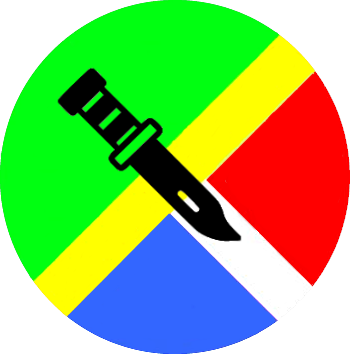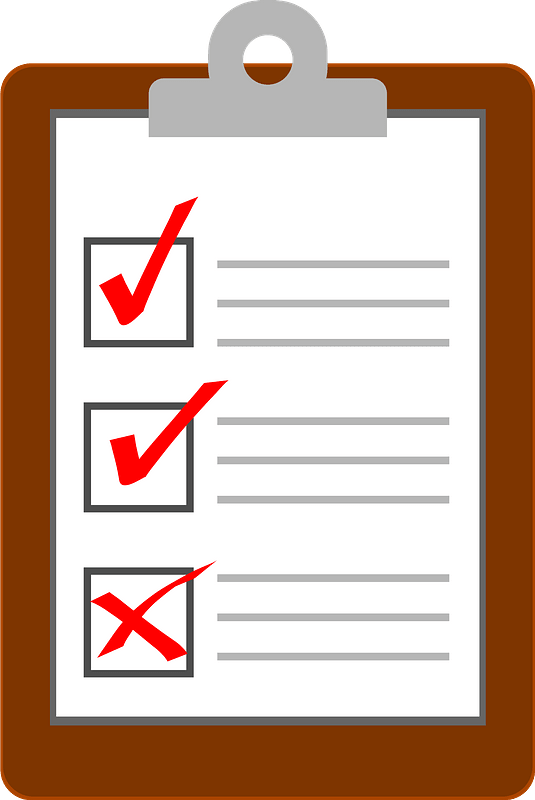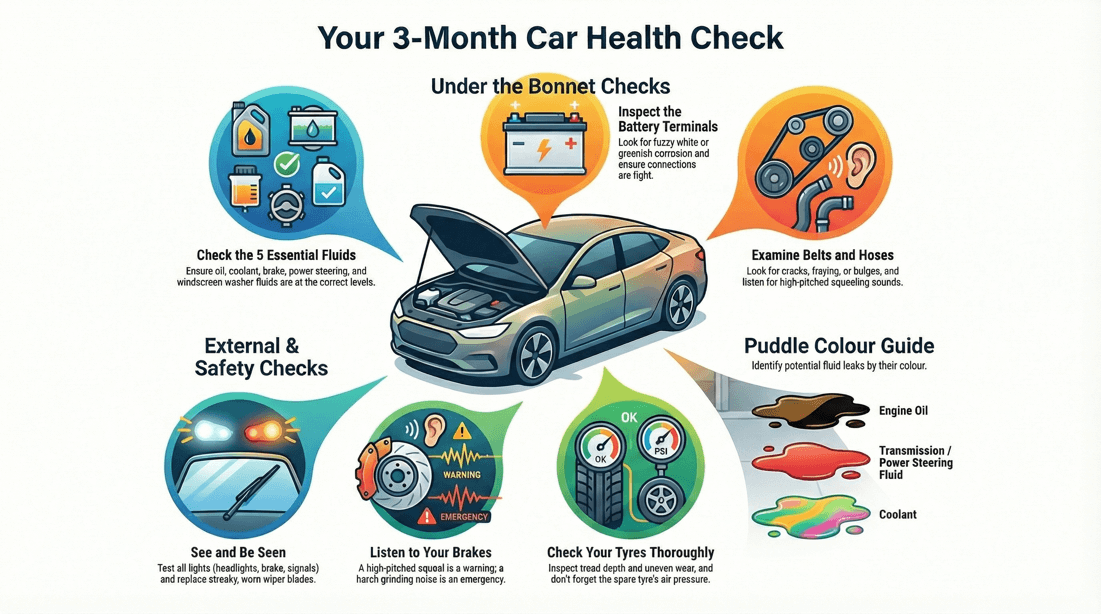Three Months
⫸ Free YouTube Subscription
Regular vehicle maintenance every three months is one of the simplest ways to keep your car safe, reliable, and performing at its best. Quarterly checks help identify small problems before they grow, keeping your vehicle running smoothly between major services. These quick inspections can boost fuel efficiency, extend your car’s lifespan, and reduce the chances of unexpected breakdowns.
What basic maintenance should you perform every three months? How often should you check your tire pressure and tread depth? When is it important to inspect fluid levels like oil, coolant, and brake fluid? Can neglecting these routine checks affect your vehicle’s safety? Are you checking your brake pads for wear? When was the last time you inspected your battery terminals or changed your windshield wipers? What fluids should be topped up or replaced after a few months of regular driving? Are your belts and hoses still in good condition? Has your oil been changed recently, and are your filters still performing efficiently?
This page offers clear, practical guidance on the essential tasks to include in a three-month vehicle maintenance routine. By following these steps, you can stay proactive with your car care, avoid costly repairs, and drive confidently knowing your vehicle is well-maintained and roadworthy. These simple habits make a significant difference in your car’s safety, reliability, and long-term performance.
This checklist is a general reminder of things to check every 3 months or so. Feel free to let me know if you have any suggestions.
⧋


